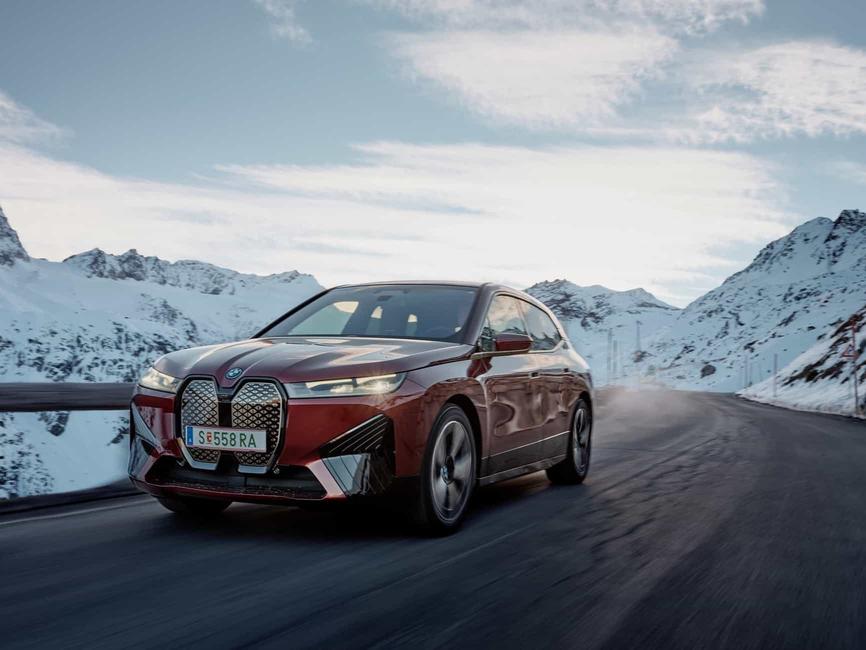More reviews
Road tests
Design & engineering
When the i3 city car was released in 2013, BMW was among the first brands to introduce a fully electric vehicle into series production. It’s not until recently that the range has expanded, though, with the iX3 SUV, 4 Series Gran Coupé-based i4, and now the iX.
It’s this car which is the most significant of the bunch from a technological standpoint. Under the skin, it’s the first BMW to use an all-new, scalable platform for electric vehicles, and here the iX is roughly the same size as an X5.
The iX uses the brand’s fifth-generation “eDrive” tech, which houses the motor, power electronics and transmission in a single unit. There are no rare-earth metal magnets in the motor’s construction, either – instead the rotor is spun by a direct electrical feed. According to BMW, this means that the two-motor set-up in the iX not only delivers the powerful punch that we’re used to from electric vehicles, but also sustains its torque through a very broad spread of revs, so it shouldn’t tail off at higher speeds. In this xDrive40 model, there’s 322bhp on offer. Above it sits the xDrive50, which gets 523bhp and a much larger battery for a longer range.
34
Step inside the iX, and the design and quality are fabulous. The cabin is dominated by the pair of 14.5-inch curved displays across the top of the dashboard, but extensive use of soft suede-like materials across the gently sweeping dash looks and feels incredibly expensive. The steering wheel is an odd shape, but it’s quite pleasant to hold.









